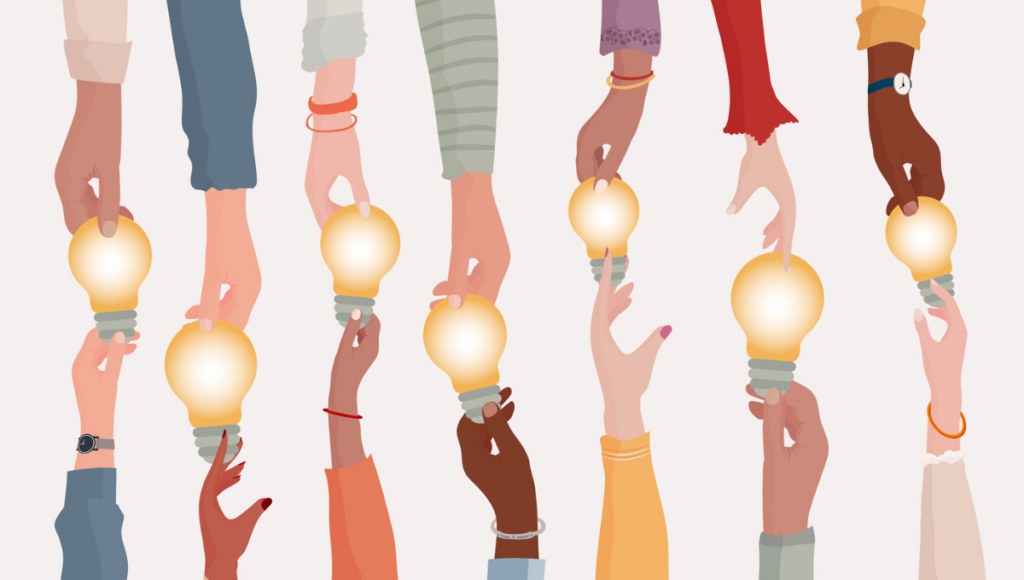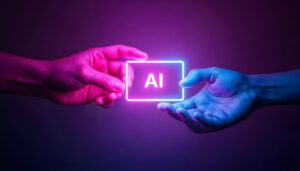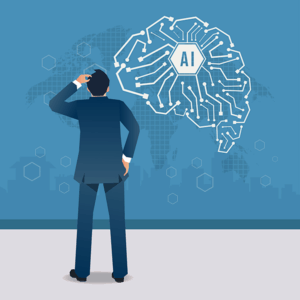Could your impressions of a colleague affect your ability to make new, creative connections of ideas?
Researchers recently uncovered one such cognitive bias. The new study revealed we’re better able to remember important associations when the information is presented by someone we perceive as part of our in-group, meaning they are similar to us in some important way. Conversely, we tend to struggle with learning from out-group instructors we view as different.
While we already know there’s a memory advantage for information presented by in-group members, this work goes further into uncovering how the source influences whether we can connect new information to previously learned concepts.
In our modern era, characterized by an overload of information and the introduction of transformative technologies such as AI, the need for bias mitigation is more important than ever. It’s essential to have a nuanced understanding of how cognitive biases fundamentally impact us so that we can devise effective strategies to mitigate them in our exceedingly complex work environments.
Making A to C connections
In the latest study, the researchers found that if an in-group member presents two connected pieces of information (A and B), and later, you learn how B links to a new idea C, you’re more likely to successfully make the A-C connection than if an out-group member presented the initial information. This finding speaks to a critical aspect of our associative memory: Our ability to connect related concepts is influenced by whether we perceive the source of information as a member of our own in-group. Here’s how it could play out in the workplace.
Imagine you’re part of a sales team at a software company. In a team meeting, your co-worker Michelle, who you view as an in-group member due to shared interests, proposes piloting a streamlined customer renewal process (A) to improve renewal rates and reduce cancellations (B). Months later, while reviewing the metrics, you notice a significant increase in the overall renewal rate (C). Because Michelle is an in-group member, you immediately connect this positive outcome (C) to her earlier proposed process changes (A).
The research suggests this A-C inference is facilitated by Michelle’s in-group status. With in-group sources, we tend to focus more on the main message rather than whether we view the person presenting it as trustworthy or competent. Consequently, you advocate for fully implementing Michelle’s idea across the organization.
However, had Michelle been an out-group member (maybe a member of another team or a new hire), you’d be less likely to make this connection between her past proposal (A) and the renewal improvement (C). For out-groups, we devote more cognitive resources to vetting the person who provided the information than we do to the information itself. And so you’d be less likely to recognize, and therefore advocate for, Michelle’s good idea.
This illustrates that our connection with the information sharer aids us in making informed predictions about future events based on the insights they’ve offered, while out-group biases blind us to making such connections. Overlooking valuable ideas due to their perceived out-group source can seriously diminish innovation.
Putting the insights to use
The implications of this research are far-reaching. We’ve known that the way we absorb and process information shapes how we perform, make decisions, and collaborate. Cognitive biases — our brain’s shortcuts for efficient decision-making — can obstruct sound judgment.
This research indicates we need greater self-awareness of how our relationships with people affect how we process information that pertains to them. We should work to expand people’s sense of “in-groups” so that good ideas aren’t lost just because of the way we perceive the person sharing the idea. For mentors and advisors, building relatedness upfront is crucial before presenting insights, as perceived group status significantly influences whether ideas are integrated or disregarded.
The rise of AI adds complexity: Do we categorize AI as an out-group entity or an in-group member? This framing could determine whether AI-generated information is absorbed substantively or dismissed as originating from an “other” source. As AI increasingly shapes coworkers’ ideas, will we also reject those ideas if we perceive them as “tainted” by an AI out-group influence?
As workforces grow more diverse and tech-driven, we must consider how our innate predispositions integrate into our modern world. Countering biases that cause us to miss good ideas — that is, seeing colleagues as members of one collective in-group instead of factions of out-group “others” — is key to organizations collaborating well and continually innovating.






